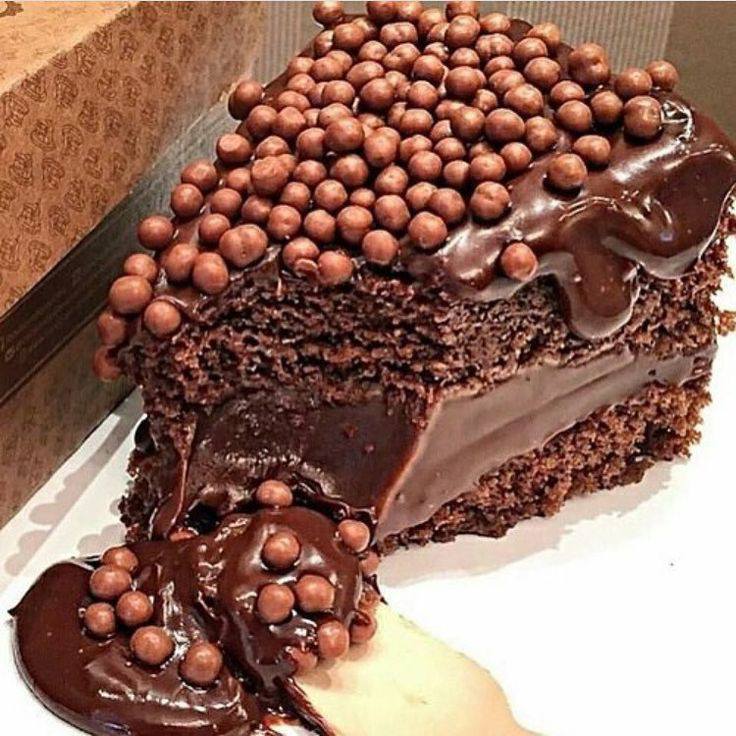ADVERTISEMENT
**Melting Chocolate: A Love Affair with the Sweetest Treat**
Chocolate has long been a universal favorite when it comes to indulgence, pleasure, and joy. Whether it’s a decadent bar of dark chocolate, a smooth milk chocolate truffle, or a rich chocolate cake, there’s no denying the allure of this sweet, luxurious treat. Among the many forms chocolate can take, **melting chocolate** stands out as one of the most beloved, versatile, and enchanting forms of the ingredient.
From coating strawberries to making ganache, from creating fondue fountains to drizzling over ice cream, **melting chocolate** plays a significant role in elevating desserts to something extraordinary. There is something undeniably magical about chocolate when it starts to melt, its smooth and glossy texture becoming even more inviting, as if inviting you to take a bite and indulge.
In this article, we will explore the delightful world of melting chocolate. From understanding the science behind its transformation from solid to liquid, to tips and tricks for achieving the perfect melt, we will cover everything you need to know about this irresistible treat. Additionally, we’ll look at different types of chocolate used for melting, the tools required, and various ways you can incorporate melting chocolate into your recipes to create memorable desserts.
### The Fascinating Science of Melting Chocolate
Before diving into the practical aspects of melting chocolate, let’s take a moment to appreciate the fascinating science behind this process. Chocolate is made from cocoa beans, which are processed into cocoa mass, cocoa butter, and sugar. The chocolate that we consume can come in various forms—dark, milk, and white—each with a unique blend of cocoa, sugar, milk, and sometimes other ingredients like vanilla or emulsifiers.
When chocolate melts, it’s not just a matter of simply heating it up. The process of melting chocolate involves a delicate balance of heat, time, and careful attention. Understanding the **temperature** at which chocolate melts is key to getting that smooth, glossy finish that everyone loves.
#### The Structure of Chocolate
Chocolate consists of sugar, cocoa solids, cocoa butter, and sometimes milk solids (in the case of milk chocolate). Cocoa butter, a key fat component in chocolate, is what makes chocolate melt at body temperature, which is why chocolate has that soft, smooth texture that gently melts in your mouth. The cocoa butter in chocolate has different melting points, which is why the temperature at which you melt chocolate matters.
– **Dark chocolate**: Typically, dark chocolate has a higher percentage of cocoa solids and less sugar compared to milk chocolate. It melts at a slightly lower temperature, around 115°F to 120°F (46°C to 49°C).
– **Milk chocolate**: Since milk chocolate contains milk solids, it has a creamier texture and melts at a slightly lower temperature, around 105°F to 110°F (40°C to 43°C).
– **White chocolate**: White chocolate, which contains cocoa butter but no cocoa solids, melts at around 105°F (40°C).
### Types of Chocolate Used for Melting
When it comes to melting chocolate, the quality of the chocolate is extremely important. You’ll want to select chocolate that has a smooth texture and a high-quality cocoa content to achieve the best results. Here are the types of chocolate you’ll commonly use for melting:
#### 1. **Dark Chocolate**
Dark chocolate is often favored for its intense, rich flavor and slightly bitter notes. It is made with a high percentage of cocoa solids, which makes it ideal for melting and creating ganaches, truffles, and other treats. Dark chocolate offers a smooth, intense flavor that balances sweetness and cocoa bitterness, making it perfect for a variety of desserts.
– **Pros**: Dark chocolate provides a more complex flavor profile and pairs well with a wide range of fillings and toppings.
– **Cons**: Some people may find it too bitter if it has a very high percentage of cocoa solids.
#### 2. **Milk Chocolate**
Milk chocolate is sweet, creamy, and smooth, making it perfect for those who prefer a less intense chocolate flavor. It is made with milk solids, sugar, and cocoa, which gives it its light, milder flavor. Milk chocolate is excellent for melting and is often used for making chocolate fondues, dipping fruits, and covering treats like cookies or marshmallows.
– **Pros**: Milk chocolate is loved for its creamy texture and sweet flavor.
– **Cons**: It can sometimes be too sweet for those who prefer dark chocolate.
#### 3. **White Chocolate**
Although technically not “chocolate” due to the absence of cocoa solids, white chocolate is made from cocoa butter and sugar, giving it a smooth, buttery flavor. When melted, white chocolate can provide a creamy, luxurious texture. White chocolate is often used for decorative purposes, drizzling over cakes, or as a component of ganache and truffles.
– **Pros**: White chocolate is creamy and buttery, offering a rich and sweet taste.
– **Cons**: It lacks the depth of flavor that comes from cocoa solids, which some chocolate lovers might miss.
#### 4. **Chocolate Chips**
Chocolate chips are small, uniform-sized pieces of chocolate that are often used in baking. While they are designed to hold their shape when baked, they can also be melted down into a smooth, creamy texture. However, some brands of chocolate chips may contain stabilizers or emulsifiers, which can affect the consistency of the melted chocolate.
– **Pros**: Convenient and easy to use for melting or baking.
– **Cons**: Some chocolate chips may contain additives that alter the texture when melted.
#### 5. **Couverture Chocolate**
Couverture chocolate is high-quality chocolate with a higher cocoa butter content, making it ideal for tempering and professional chocolate work. It is perfect for making smooth, shiny coatings for truffles, bonbons, or enrobing confections.
– **Pros**: Ideal for professional use, provides a glossy, smooth finish.
– **Cons**: It can be more expensive and may require more careful handling during melting and tempering.
For Complete Cooking STEPS Please Head On Over To Next Page Or Open button (>) and don’t forget to SHARE with your Facebook friends
